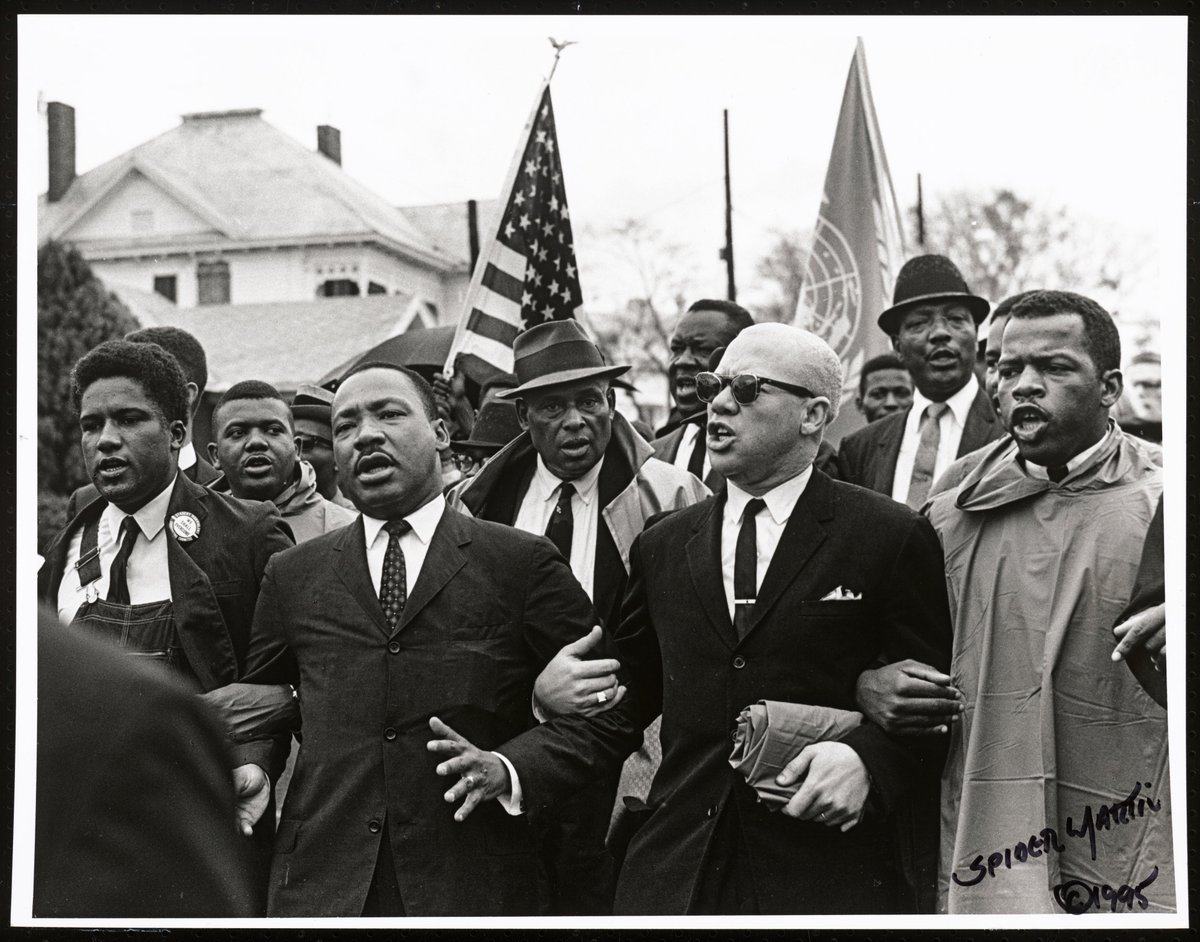
I've walked down a ramp leading to the turquoise water of the ocean in Mozambique. Enslaved people descended the steep path in chains to board ships, taking them away from all they loved. The ramp is far larger than you may picture; the slave trade was a high-volume business.
The vastness and international nature of the trade are barriers to understanding it on a human level, to finding connection and healing.
I've better understood slavery's link to my life by following the story of one slave ship, a journey that recently came full circle for me.
I've better understood slavery's link to my life by following the story of one slave ship, a journey that recently came full circle for me.
From this ramp, 512 enslaved people were forced onto a Portuguese slaver, the São José Paquete D’Africa, destined to be sold in Brazil. In December 1794, storms destroyed the ship off the Cape of Good Hope. Many perished. Survivors were sold in Cape Town.
Their story is not forgotten.
I met a young woman of the Makhuwa people. One of her ancestors was taken on the São José. I began to cry when she explained that those in her community think of him daily and that he is a permanent presence in her life.
I met a young woman of the Makhuwa people. One of her ancestors was taken on the São José. I began to cry when she explained that those in her community think of him daily and that he is a permanent presence in her life.
In 2015, work, including that of the @NMAAHC-hosted Slave Wrecks Project network, confirmed the São José had been found. The Project uses maritime archaeology and research to help us better understand the transatlantic slave trade, which continues to shape our world today.
Locating the wreck opened the door to research, reckoning, and reflection. A tribal elder of the Makhuwa gave me this basket filled with soil. He sought my help to sprinkle it over the São José so that his "people can sleep in their homeland for the first time since 1794." 

Three divers braved tumultuous weather to reach the site with the soil. As the soil entered the sea, sunshine broke through. This is no exaggeration. It was as if the ancestors smiled and the weather was dramatically altered. Never mess with the ancestors, I thought to myself.
My journey with the São José continued last month when I had the opportunity to join fellow museum professionals and historians in Lisbon. We discussed how Portugal's history, like that of America's, was shaped by slavery—and yet this history is unacknowledged in most spaces.
While there, I visited the former estate of the São José's owner, Joao Antonio Pereira. The ship would have been docked not far from his palatial home. His warehouses, which once housed goods he traded in such as salt and tobacco, remain. Passages overhead link them together. 



Though no signage connects the landmark to the history of slavery, exploring the site made visible to me the business of slavery, the social standing of this well-networked businessman, and the ways in which slavery's marks are still felt on our landscape today.
Many in Portugal are working to better acknowledge the country's connections to slavery at museums, memorials, and other sites. To bolster those efforts and share lessons from our work at the Smithsonian in the spirit of partnership was a great step forward.
I admire so much the work of the Slave Wrecks Project. This short video from @NatGeo follows their quest to identify and research the submerged history of slavery in the spirit of remembrance, preservation, and education.
You too can follow the journey of the São José across space and time. Let's ensure these stories continue to be remembered. #BlackHistoryMonth #SmithsonianBHM storymaps.arcgis.com/collections/3c…
• • •
Missing some Tweet in this thread? You can try to
force a refresh









